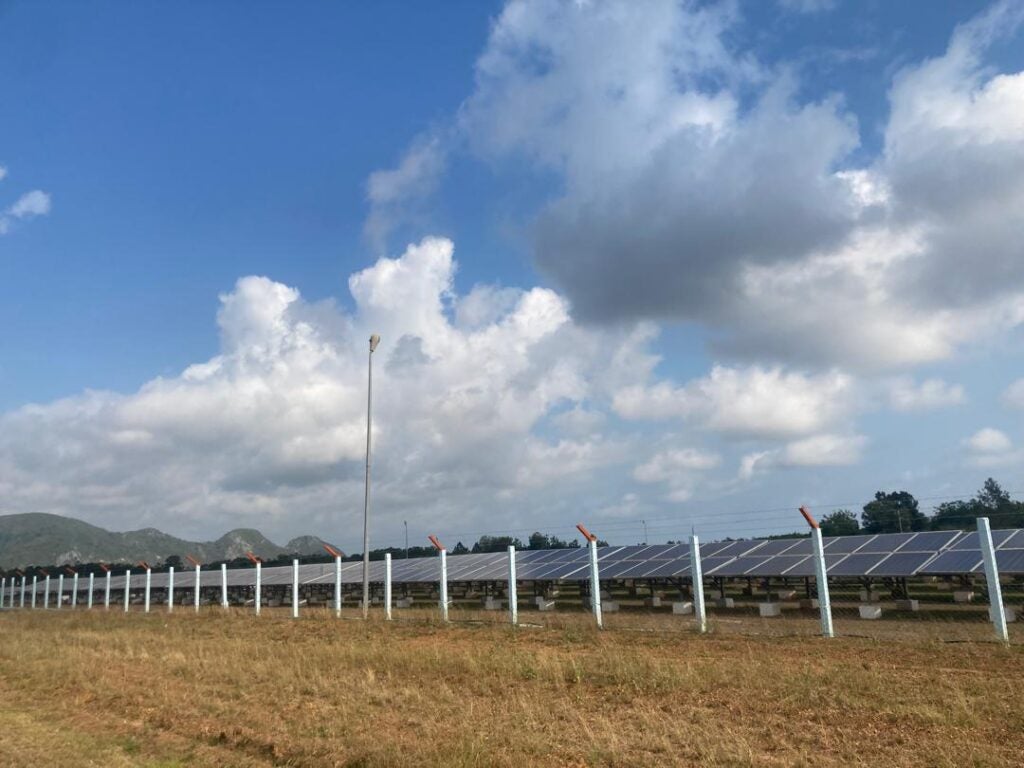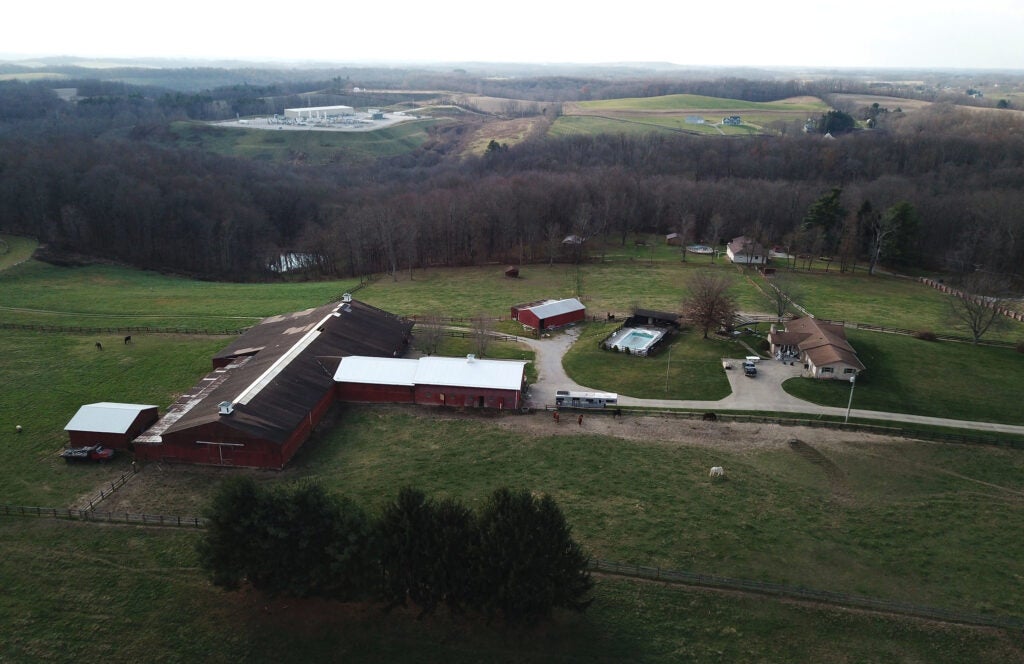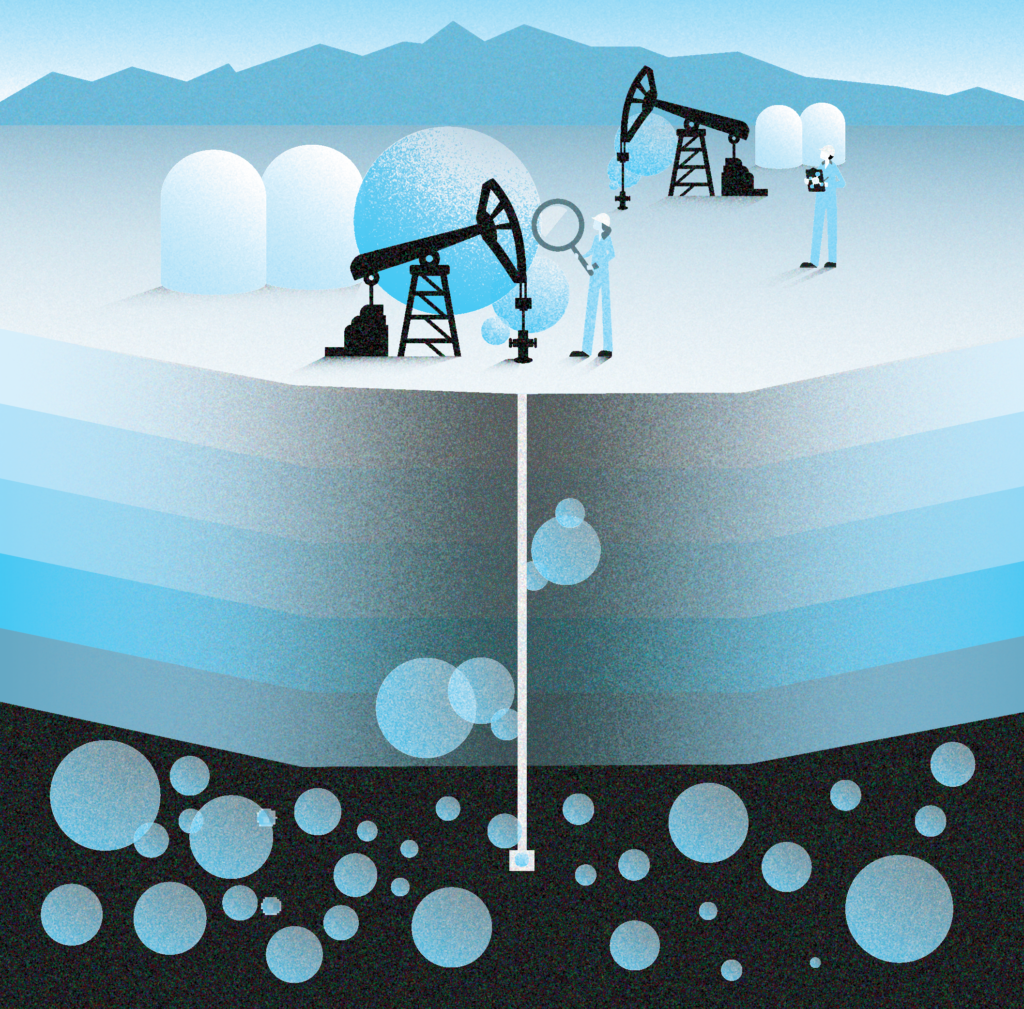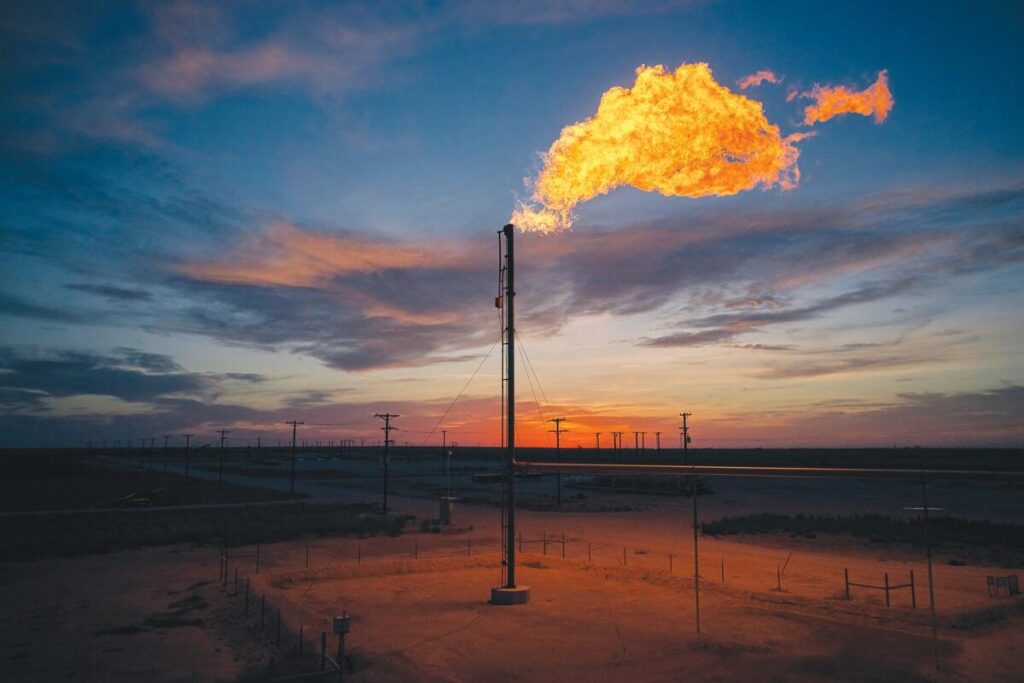 By Lila Harmar and Valerie Miller
By Lila Harmar and Valerie Miller
The start of summer hurricane season in the Caribbean has only just begun, yet the region has already weathered its first category five tropical storm, Beryl. Beryl caused major damage to homes, power lines and more across the southeast Caribbean, fueled by high temperatures in the Atlantic. The increase of extreme weather events fueled by climate change will continue to have outsized impacts on island nations that often face annual hurricane recovery efforts. Beryl missed Cuba but brought back memories of Ian in 2022, a tropical storm that also rapidly strengthened into a massive hurricane in very little time, causing damage across the region.














